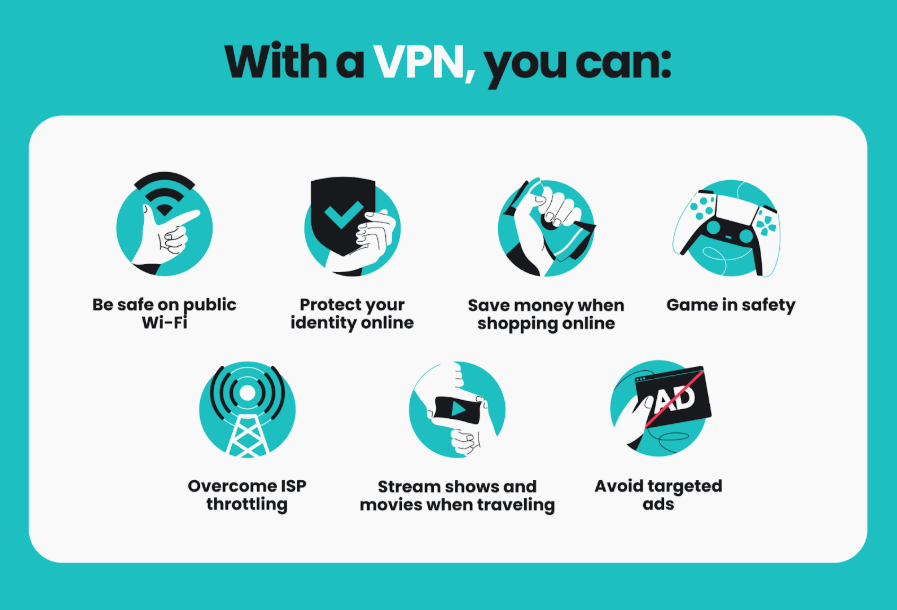Why schools can’t afford to ignore digital safety
Let’s be honest: classrooms no longer consist of wooden desks and chalkboards. Today, technology has become part of every lesson, project, and conversation, both inside and outside of classrooms. From online homework and digital textbooks to virtual clubs and student chat groups, schools are now connected more than ever.
Photo credit: Julia M Cameron, Pexels
However, this connectivity has brought with it a major responsibility: keeping students safe online. Looking ahead, schools have to make digital safety a priority to ensure their students are protected at all times, both on campus and online.
The Digital World is Their World
Today’s students live in a different world than the one millennials are used to. For them, being online is no longer a leisure activity; it’s an extension of their personality and existence. They socialize, learn, and express themselves through apps, so we can't pretend their digital world is separate from their real one.
The boundaries between online and offline life have blurred, shaping how students form identities, build relationships, and even define success.
Because technology is so prevalent in their lives, helping students navigate online spaces safely should be part of every school’s mission. They should be educated about things like privacy, harmful content, and how to react when something feels wrong. When schools start these conversations early, they shape how young people handle the internet long-term.
The Risks Are Bigger Than One Bad Click
Clicking the wrong link is the least of the school’s worries today. Online bullying, digital impersonation, and exposure to inappropriate material are the real dangers that can have lasting effects.
Many students don’t fully understand the consequences of their online actions. For instance, a photo or comment posted in fifth grade can resurface years later and affect their livelihood, so educating students about online reputation and consent is just as important as teaching them how to use technology.
Practical Ways to Stay Ahead
Integrate Digital Safety into Learning
Online safety needs to be something that is taught in schools as part of the curriculum, not a “bonus” or something kids should be expected to learn on their own. From computer science to language and art, schools need to discuss password strength, responsible sharing, and spotting false information in various subject areas.
Keep Parents Involved
Transparency is always the best way to create a healthy environment for students to learn and develop. When there is consistency in what they hear from their surroundings, they learn more easily and can model the healthy online behavior they see.
Regularly Review Policies
Tech evolves constantly, and so should safety protocols. Regularly updating the internal digital safety and privacy policies ensures schools stay ahead of new risks, especially as AI tools and cloud platforms have been included in the curriculum in many schools, especially in high-level education.
Strengthen Protection
Students often log in from places far beyond the classroom – homes, cafés, or even airport lounges during travel. That makes it worth teaching them to stay safe on less secure Wi-Fi connections by using privacy and encryption tools like the best VPN service when working outside the school network.
Learn From Trusted Sources
Digital safety lessons boost students’ confidence and critical thinking, and there isn’t a more reliable source to learn from than in the classroom. Schools that embed these lessons into their curriculum experience fewer online incidents and stronger digital literacy overall.
Create a Community Approach
Creating a truly safe digital environment requires teamwork. Filters and monitoring tools can help, but the heart of digital safety lies in awareness. When teachers, administrators, and even volunteers know how to identify risks, schools can prevent many issues before they happen.
Trust is Built on Protection
Parents don’t just send their children to school; they put their trust in schools to take care of their loved ones. As schools roll out digital access to campus, it becomes clear that the students’ privacy becomes a necessity. Focusing on responsible tech use communicates a powerful message: “Your child’s wellbeing comes first.”
Only by creating and maintaining this mindset will we be able to navigate the new era where digital assets matter more than physical ones.






















